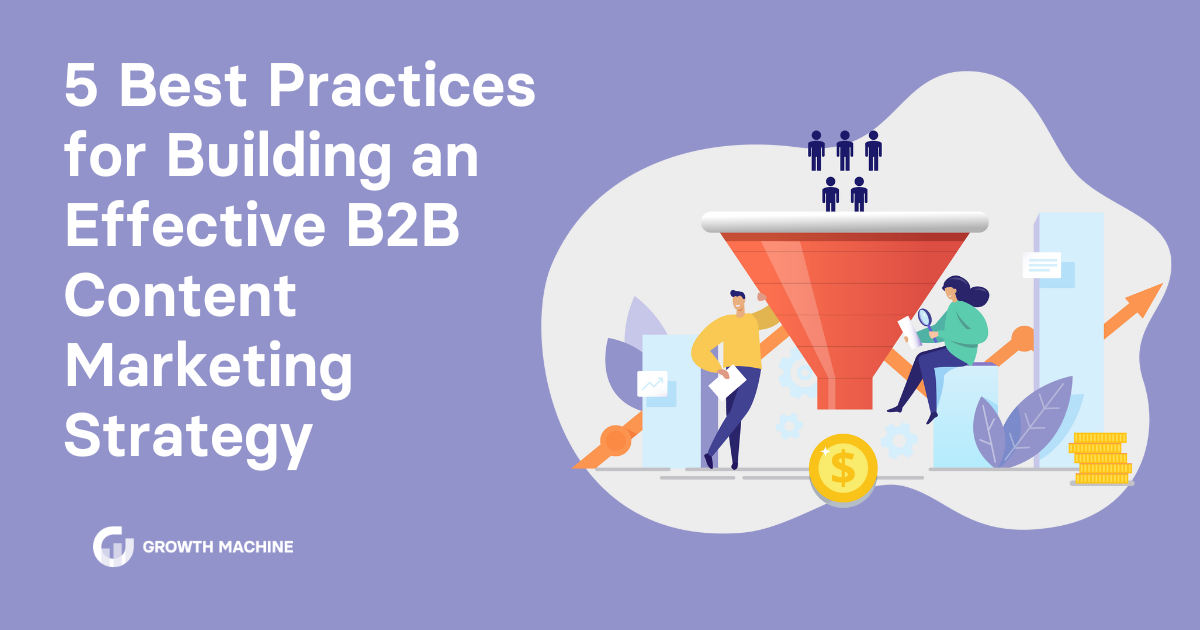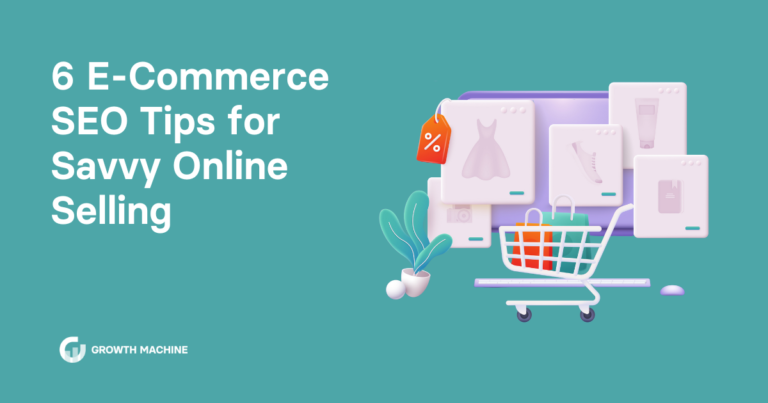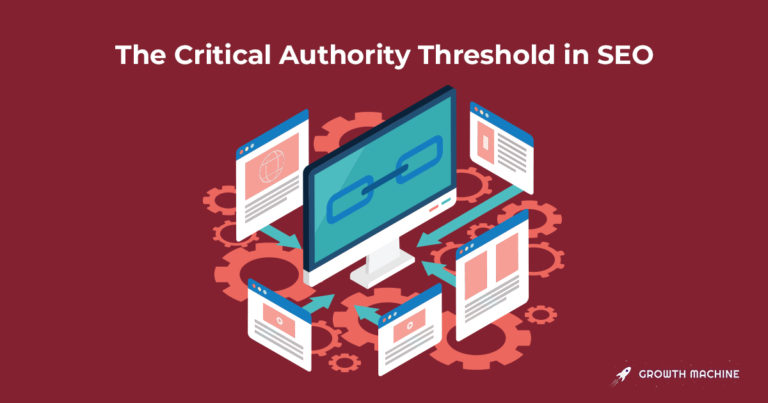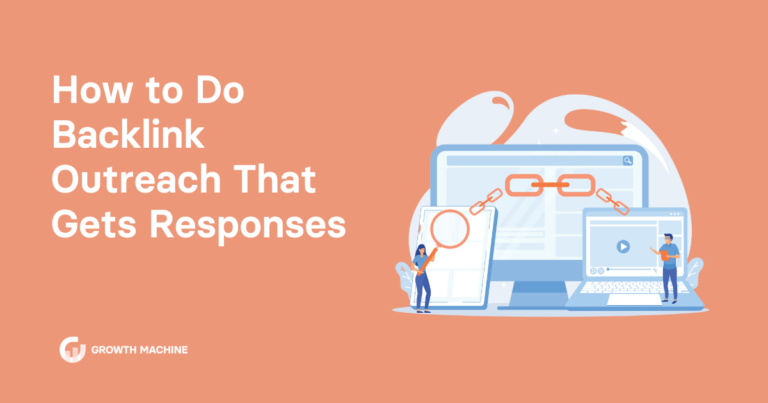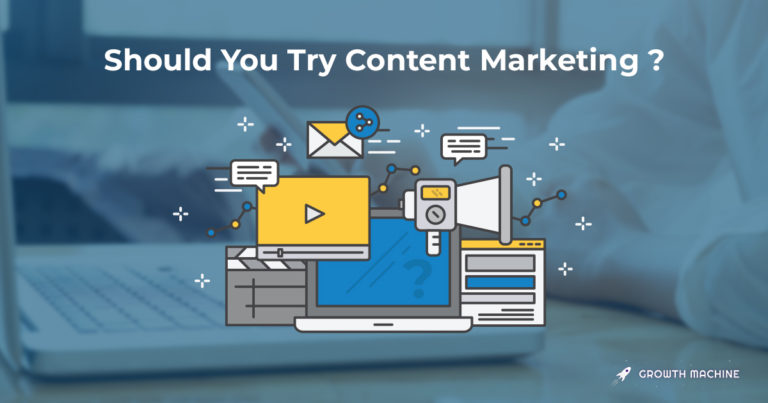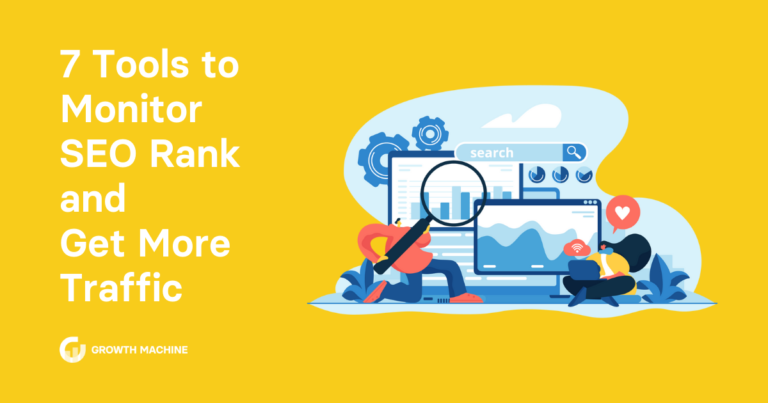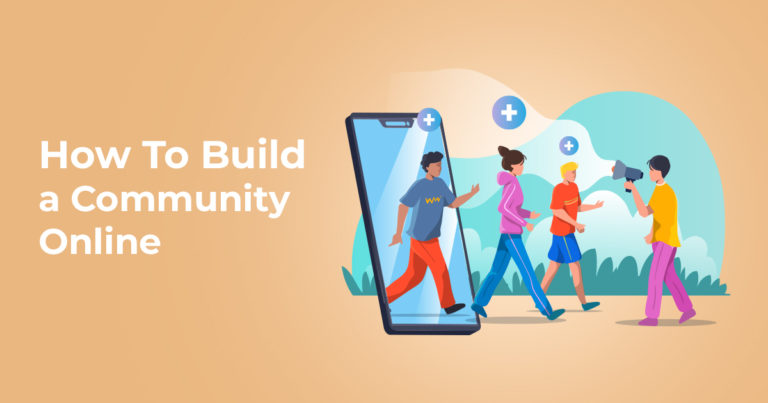5 Best Practices for Building an Effective B2B Content Marketing Strategy
When it comes to making great content, here’s a tough lesson every B2B business owner must learn: If you’re not publishing content that resonates with your target audience, you’re missing out on a huge lead generation opportunity.
Yes, passion is essential, but it’s the strategic application of SEO and high-quality, useful content that establishes you as a thought leader and drives qualified organic traffic — potential clients — to your website.
Attention is currency in today’s digital marketing landscape. Without intentional, effective content creation to capture that attention, you’re leaving customers (and their dollars) on the table.
You will only see an ROI on your B2B content marketing when it’s executed well enough that your brand is top of mind when readers are ready to make a purchase. So why bother with a strategy that won’t lead to conversions?
Of course, your content marketing strategy must align with your industry, goals, and the specific challenges of your audience. If you are a B2B (business-to-business) brand, your approach to content will, naturally, be tailored differently to your audience than if you were selling directly to consumers.
This article offers an overview of B2B content marketing and a step-by-step guide to leveraging SEO-driven content to attract more customers to your website.
What Is B2B Content Marketing Anyway?
B2B content marketing is a brand building strategy that relies on written, recorded, or video content. These types of content might include blog articles, social media posts, podcasts, email marketing, and white papers to attract prospective business clients.
Since we focus on blogging for SEO, that’s what we’re mainly referring to when we discuss content marketing.
With a little bit of strategy, you can repurpose blog content across digital channels to maximize reach and impact, transforming your business blog into a powerful sales tool that captures potential B2B buyers at different stages of their buying journey.
Unlike B2C, B2B content marketing is focused on selling to other companies — not everyday consumers. This creates a few distinctions, including:
- A longer buyer’s journey: It can take weeks or months — even years — to close a B2B sale. Content should aim to generate top-of-funnel prospects with calls to action that encourage further engagement, like booking a consultation.
- A greater number of stakeholders: According to B2B sales data from Spotio, in a typical firm of 100-500 employees, an average of 7 people are involved in most buying decisions. That means B2B content must cater to multiple decision-makers within a company. This can range from high-level executives or final decision-makers to mid-level managers who evaluate potential vendors.
- A need for a strong SEO presence: With 62% of B2B buyers reporting that a web search is one of their top three initial resources to learn about a company, having a robust SEO strategy for your content is crucial. Additionally, 80% of B2B decision makers prefer to get company information through a series of articles vs. an advertisement. This highlights the need for content that is not only informative and engaging but also well-optimized for search engines to drive organic traffic.
- A smaller pool of potential customers: B2B companies are often accustomed to a sales strategy that emphasizes quality (longer-lasting, more lucrative sales) over quantity. This holds true for content, where a specialized topic that may be highly relevant to a prospective client may have a relatively low search volume. Despite the smaller group of potential leads, it’s still vital to position your company as a thought leader in the industry, ideally suited to solve their unique pain points.
By understanding these key differences and what’s needed to succeed in B2B marketing, companies can build content strategies that effectively speak to and engage their audience, supporting longer sales cycles and fostering meaningful customer relationships.
5 Tips to Do B2B Content Marketing Right
As a B2B company, your marketing efforts must target and sell to other businesses. To ensure your organization stitches together a compelling content plan, follow these steps:
1. Clarify Your Buyer Personas
Sure, you’re selling to an entire company, but companies are composed of people. You need to make sure you tailor your content for the people who have the power to decide whether or not they want to work with you. To do this, understanding who you’re speaking to and what influences them is crucial.
Chances are, your target audience is comprised of prospects from two or three customer segments, such as:
- Decision makers: Who will be the deciding factor in purchasing your product or service? The decision maker is typically a CEO, business owner, or department head.
- Gatekeepers: Many decision makers have an executive assistant or associate who fields calls and determines what emails and appointments are worth the decision makers time. Rather than trying to work around or get past gatekeepers, you can create content formats that speak to them directly and turn gatekeepers into allies.
- Influencers: Many times, decision making is delegated to another team member. Therefore, you might develop long-form content for junior-level employees or interns searching for a company to solve a business problem.
2. Define Your Content Goals Early On
Setting effective content marketing goals will determine your content strategy’s direction, as well as distribution channels.
At Growth Machine, we help both B2C and B2B companies scale their online traffic to land more sales. Our content strategy led a B2B organization to triple their organic traffic, and a gig economy website hit 100,000 monthly visitors — both in just six months.
Throughout the many years spent building content strategies for clients, we can tell you this: each client came to us for a distinct reason.
Your end goal will determine which levers to push and pull within your overall content plan; it’s not worth investing in content until you’ve clearly defined what goals your content will support. For example, well-defined goals might impact your:
- Posting cadence: Do you want to go to market as quickly as possible (perhaps for an upcoming product launch)? Then a more rigorous posting schedule (say, eight to 12 articles per month) might be suitable. However, if you are in the health, tech, or SaaS space and require denser, more informative articles, you might need to aim for a lower cadence to allow time for research, editing, and fact-checking.
- Target keywords: These will vary depending on where readers fall within the buyer’s journey. For example, if you hope to build brand awareness, you want to aim for high-volume, short-tail keywords to capture readers at the top of the sales funnel. If you want to increase conversions, aim for lower-volume but more targeted, long-tail keywords that attract pre-qualified readers who require less education before a purchase.
- Backlink strategy: Developing an intentional backlink strategy helps boost your site’s domain, giving you more flexibility in the keywords you tackle. Depending upon your goals, you may need to invest in an SEO agency to help you get high-quality backlinks to build up your authority with various search engines before you target relevant, higher-difficulty keywords.
Setting goals is critical, but identifying the right KPIs to measure your progress is even more important for long-term success. KPIs allow you to track the effectiveness of your content. Whether it’s website traffic, lead generation, conversion rates, or engagement metrics, KPIs help ensure that your B2B content strategy aligns with your broader business goals.
3. Create a Well-Rounded, SEO-Driven Content Plan
With your content goals in mind, your marketing team can get to work devising a well-rounded content creation strategy, selecting keywords most in line with your business and conversion goals.
With many helpful tools on the market, keyword research should be tactical and thorough, and ensure you align content with user search intent. Create a list encompassing your products and/or services, frequently asked questions from potential customers, case studies, and other helpful resources.
For your best shot at content marketing success, target keywords that accurately reflect various stages of your customer journey. Balance high-competition keywords to build authority and low-competition ones to achieve quick wins and targeted visibility.
Use these to inform your content ideas, striking a balance between:
- High competition, high volume: These topics might have had more competition online, but they create a foundation to help build domain authority with Google.
- Lower competition, low volume: These topics might make it easier to get to the first page of Google. However, they’ll have a lower search volume overall.
4. Prepare Your Website for Search Engine Optimization
Your B2B content marketing strategy will never gain momentum if the site where your content is hosted is not technically healthy and well-optimized for search performance and user experience.
In other words, an effective content plan requires more than great content. You need to ensure your website is free of any technical issues, including:
- Slow site speed: Google’s Core Web Vitals states that site speed is directly correlated to the user experience of your website. A slow site, in turn, can result in poor SEO.
- Poor site architecture: To increase the odds of your high-quality content ranking as soon as possible, you’ll want to ensure your site architecture is clean and simple and submit your sitemap to Google.
- Challenging navigation: To ensure your long-form content is easy for readers to find, link your blog from your homepage — either within your footer or top navigation.
5. Leverage Data to Improve Your B2B Content Marketing Strategy
Optimizing B2B content marketing doesn’t end the moment you hit “publish” on your content.
To truly make the most of your content, you must analyze performance regularly. Use analytics tools to track user engagement, conversion rates, and overall content efficacy. Look for patterns in data, such as which topics drive the most traffic, which types of content convert leads to sales, and where visitors drop off in the sales funnel.
Next, use this information to guide your blog updates and future content ideas, ensuring your content stays relevant and effective over time.
Additionally, testing different content formats and distribution channels can help you understand how best to reach and engage your target audience. By adopting a data-driven approach to your B2B content strategy, you can refine your efforts based on real-world feedback, continually enhancing your marketing team’s efforts.
Launch Your B2B Content Strategy With Growth Machine
B2B content marketing involves publishing thought leadership pieces and other relevant content to attract a pool of potential customers.
To ensure your content marketing efforts prove fruitful, you’ll want to set clear goals, create a well-rounded content plan, get clear about your target audience, and prepare your website for SEO.
To transform your company blog into a lead generation tool, partner with Growth Machine. At Growth Machine, we’ve helped small businesses, startups, and large corporations increase their monthly organic sessions six-fold in six months and their organic traffic by 6,000% in 13 months.
To see how we can execute a unique content marketing campaign to grow your online traffic, book a free call with our team today.

